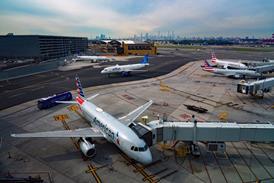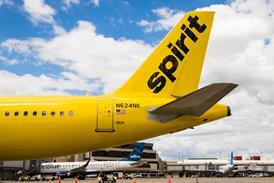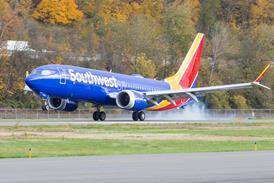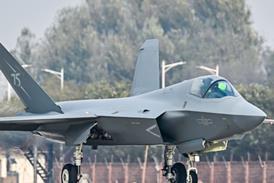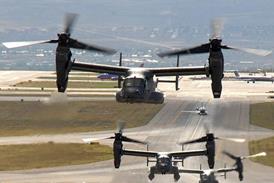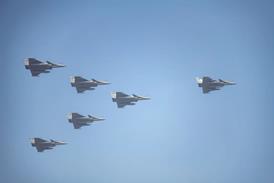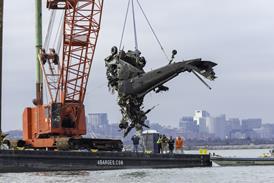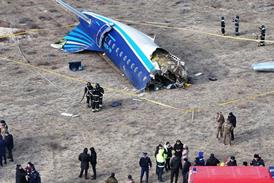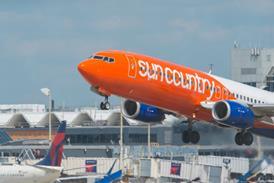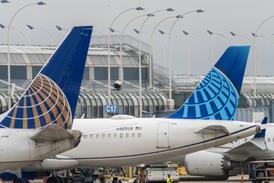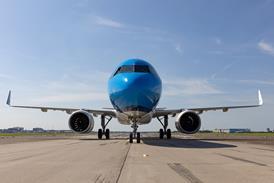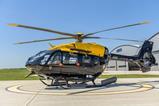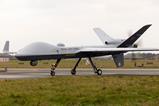Lockheed Martin’s F-35 has demonstrated its ability to support international multi-domain operations, with a successful trial having been completed during NATO’s Ramstein Flag 2025 exercise.
Royal Netherlands Air Force (RNLAF) F-35As operating from Leeuwarden air base “detected, identified, and passed targeting data on multiple simulated ground effectors via Multifunction Advanced Datalink through a Skunk Works Open Systems Gateway (OSG)” and into the Netherlands’ Keystone command and control system, Lockheed says.
“Keystone then transmitted the data to a rocket artillery platform, which engaged a ground target,” the company says. “This entire process was executed from start to finish in a matter of minutes,” it notes.
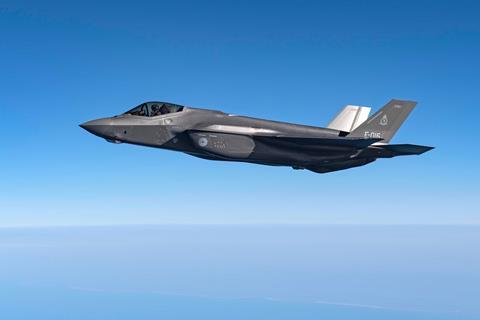
“This is a first, and a significant step forward in multi-domain integration, proving F-35 interoperability between several allied nations in real-time,” Lockheed says.
“The combined joint all-domain capabilities demonstrated at Ramstein Flag are a breakthrough in multi-domain operations, emphasising the F-35’s ability to seamlessly integrate with our international partners’ C2 environments,” says Skunk Works’ vice-president and general manager OJ Sanchez.
In another example of increased interoperability between the nations, Dutch and US maintenance personnel also took part in a cross-servicing and joint training event during the exercise.
This involved preparing two F-35As each from the RNLAF and the US Air Force’s Lakenheath, UK-based 495th Fighter Squadron at Leeuwarden.
“Once the F-35s completed their mission, logistics and maintenance crews from both nations reciprocally recovered, refuelled and inspected the other nation’s aircraft, successfully completing their training objectives,” NATO says.
Staged between 31 March and 11 April, Ramstein Flag 2025 involved more than 90 aircraft and around 2,000 personnel from 15 NATO nations. More than 1,800 sorties were completed during the activity, with operations conducted from 12 air bases across Europe.
“This year’s exercise focused on enhancing capabilities in counter-anti-access/area denial, integrated air and missile defence, agile combat employment, and information sharing,” NATO says.
“Ramstein Flag 2025 underscores the alliance’s determination to adapt, evolve, and deter potential threats across the Euro-Atlantic region,” says General James Hecker, commander of NATO Allied Air Command.
“We are practicing to ensure that if we need to get air superiority, that we have the capability to achieve it,” he adds.


